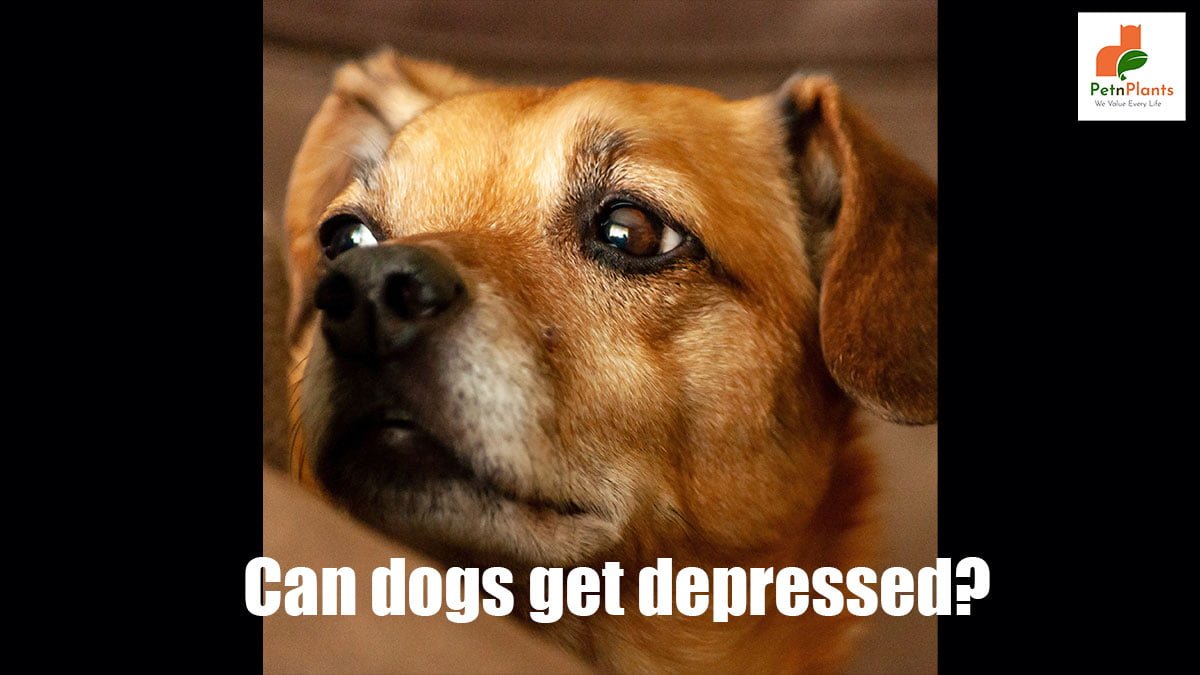How To
Latest
Pet Care
How to Groom Your Dog at Home with the Right Dog Grooming KitMarch 19, 2025
We Value Every Life

While depression is not common in dogs, it should be taken seriously. This article discusses the signs and symptoms of depression in dogs and how to treat them. Suppose you or your dog are showing any of the following signs of depression. In that case, it is important to get help: loss of appetite, sleeping more than usual or excessively, lethargy or lack of energy, changes in mood or personality, and thoughts of suicide.
Dogs can experience a range of emotions, some more common than others. However, if your dog seems to be exhibiting one or more of the following signs, it may be a sign that they are depressed:
-Loss of appetite or reluctance to eat
-Excessive sleeping or not wanting to get up even when you call them
-Low energy levels
-Lower than normal moods
-Increased aggression or hostility
Dogs can get depressed just like people, but it’s not always easy to tell if your dog is feeling down. You can do a few things to help determine if your dog is having a depressive episode and start treatment.
The first step is to take your dog for a walk and observe their behavior. If they seem sluggish or out of it, they’re feeling low. Other signs to look for include if your dog is avoiding you, seems restless or hyperactive or has stopped eating or drinking. If you see any of these signs in your pet, make an appointment with the vet as soon as possible.
If your dog doesn’t seem to be in any physical pain, there are still ways to help them feel better. One thing you can do is give them some love and attention. Spending time with your dog and providing them with positive reinforcement can help lift their spirits. You can also try providing them with toys they enjoy, such as a Kong toy filled with food or a puzzle toy. In addition, giving them access to a comfortable bed and plenty of fresh water can also help them relax and distress.
Depression in dogs can be a serious problem and difficult to treat. Here are some tips on how to help your dog recover from depression.
There is a lot of speculation on whether or not dogs can get depressed, and the answer is, unfortunately, that there isn’t enough scientific evidence to say definitively one way or the other. That being said, many anecdotal reports from dog owners have noticed their furry friend seeming melancholy for no obvious reason. If you’re concerned about your pet and think it might be suffering from depression, it would be best to consult a veterinarian who could run some tests to rule out any underlying health issues. In the meantime, keeping an eye out for changes in behavior and keeping them as active as possible should do the trick.
0